COSA SONO I TERPENI?
I terpeni sono composti naturali, altamente volatili, presenti in tutte le piante e nelle loro parti (fiori, frutti, foglie).


I terpeni sono composti naturali, altamente volatili, presenti in tutte le piante e nelle loro parti (fiori, frutti, foglie).
I terpeni svolgono differenti ed importanti funzioni nella pianta, come la protezione contro gli insetti e gli animali erbivori e contro le alte temperature.
Essendo dei composti aromatici, donano alle piante il loro caratteristico aroma e sapore e rappresentano i costituenti principali della maggior parte degli oli essenziali derivati dalle piante aromatiche.
Ogni pianta, infatti, ha il proprio profilo terpenico nel quale più terpeni insieme concorrono a determinare il suo sapore e aroma finale. Inoltre, ogni pianta ha quasi sempre un terpene caratteristico maggiormente presente: è il caso, ad esempio, del Limonene che rappresenta il principale terpene del limone.
I terpeni svolgono un importante ruolo in relazione alla loro sinergia terapeutica con i cannabinoidi, meglio nota come “effetto entourage” caratteristica della pianta di Cannabis.
I terpeni, infatti, possono modulare le attività dei cannabinoidi al fine di apportare benefici nel trattamento del dolore, infiammazione, depressione, ansia, dipendenza, infezioni fungine e batteriche (1).
I terpeni isolati hanno numerose applicazioni nel campo del BENESSERE del nostro organismo, sia se annusati che ingeriti che applicati sulla pelle.
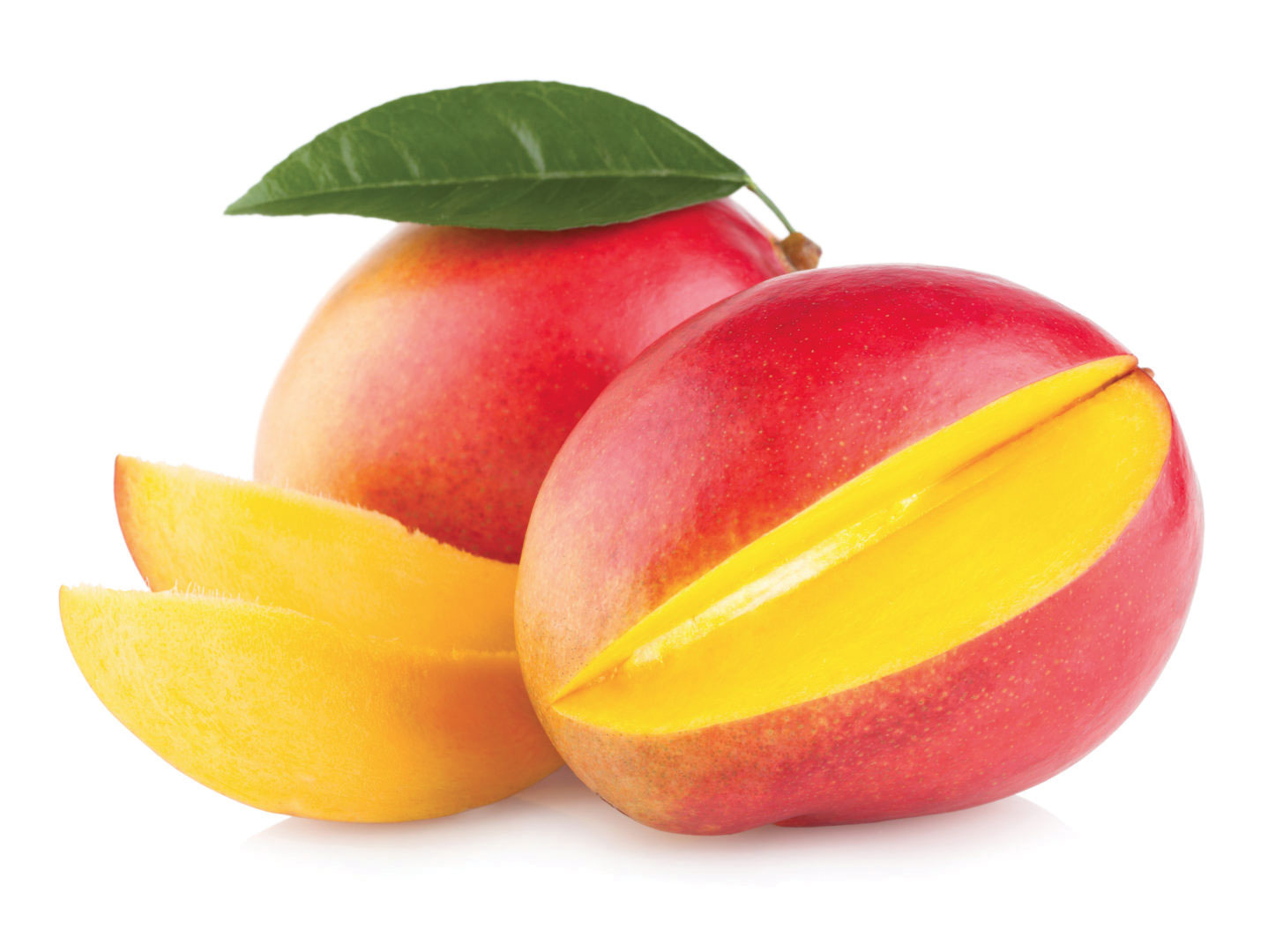
Il Mircene è il terpene maggiormente presente nella Cannabis Sativa ed è il principale responsabile del profumo dell’albicocca, dell’arancia e del mango. Lo si trova anche nel luppolo.
Numerose fonti bibliografiche riportano che il suo utilizzo può essere utile per alleviare stati di tensione e stress.
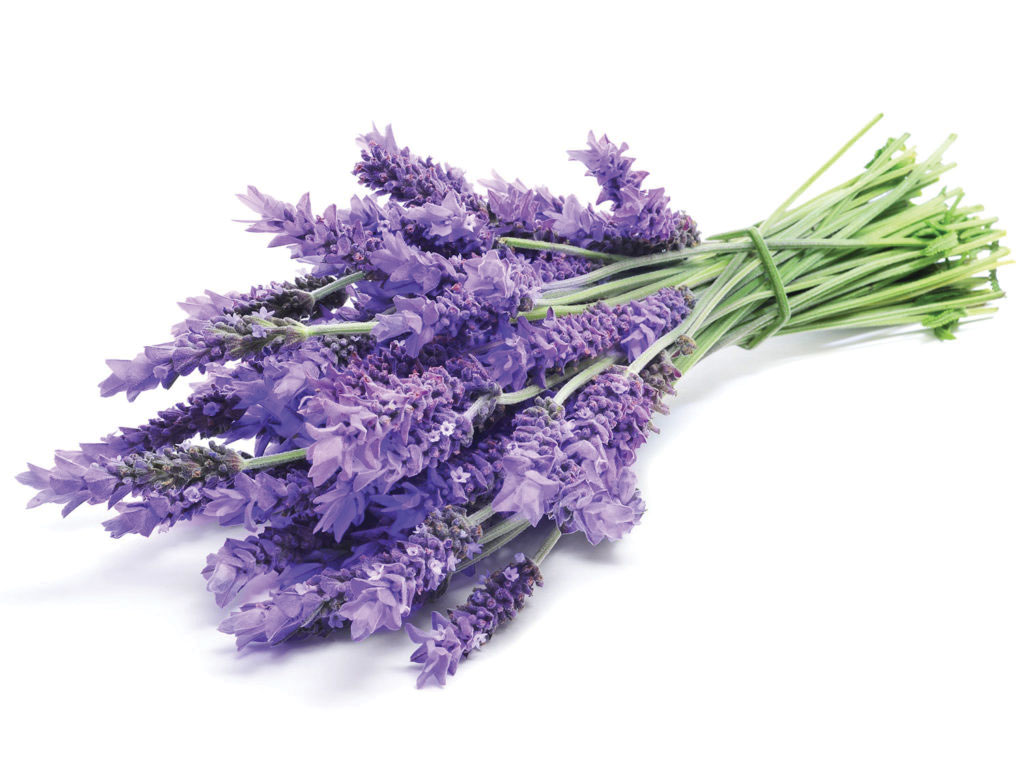
Il Linalolo è ampiamente conosciuto grazie alla sua importante presenza nella pianta di lavanda ed è caratterizzato da un profumo floreale. Dotato di una straordinaria efficacia antimicrobica, non danneggia la flora intestinale. La sua gradevole fragranza dona una piacevole sensazione di tranquillità e serenità.
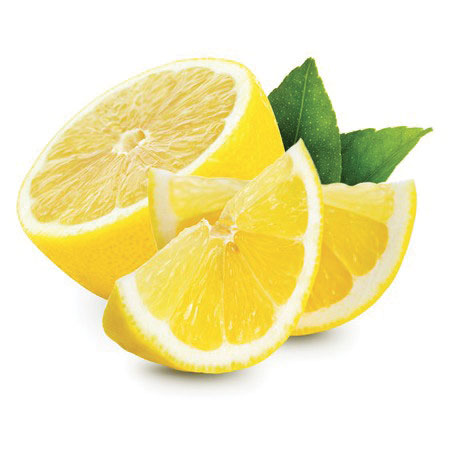
Il Limonene presente in tantissime piante, in particolare negli agrumi, favorisce l’assorbimento di altri terpeni e ha proprietà anti-fungine. Può essere utile per neutralizzare l’acidità dei succhi gastrici nello stomaco e per dare sollievo dal reflusso gastro-esofageo. È conosciuto il suo effetto energizzante e stimolante.
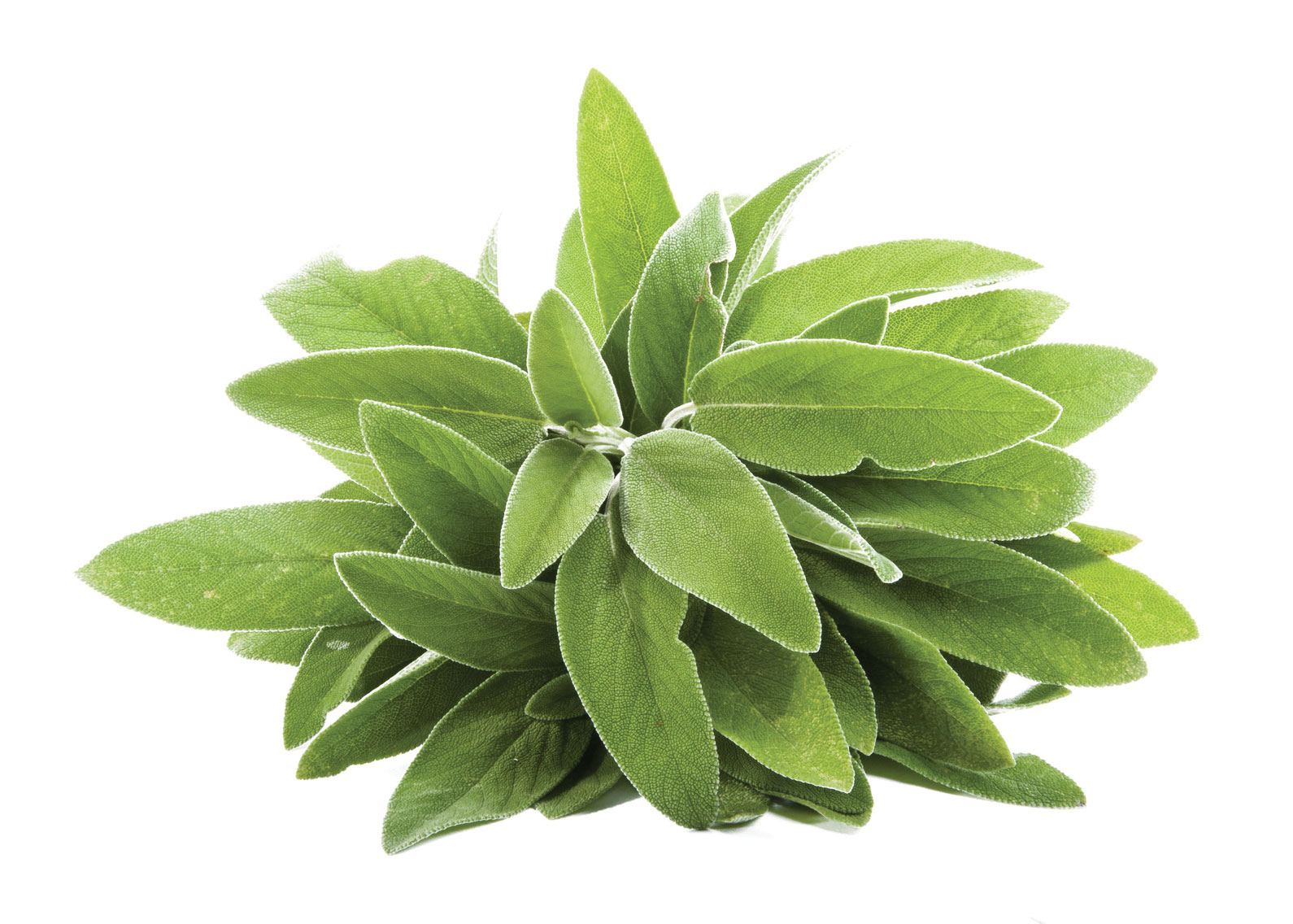
Il β-cariofillene è presente in moltissime piante speziate, come origano, chiodi di garofano, cannella e pepe nero. In letteratura, vengono riportati a suo carico effetti analgesici, anti-infiammatori e antiossidanti.
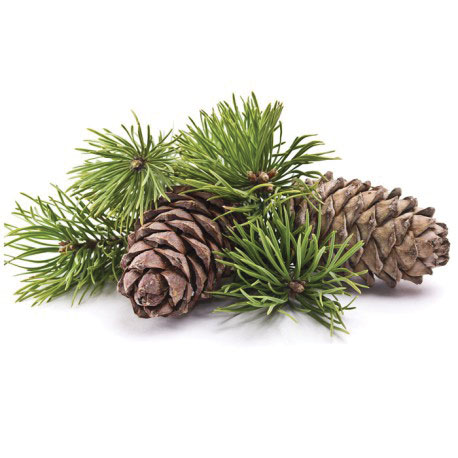
L’α-pinene è il terpene più comune in natura. Il pinene è contenuto in aghi di pino, conifere, bucce d’arancia, trementina, rosmarino, basilico, aneto e prezzemolo.
L’ Alfa-Pinene, grazie alle sue note balsamiche e resinose, aiuta la respirazione in caso di naso chiuso e/o raffreddore.
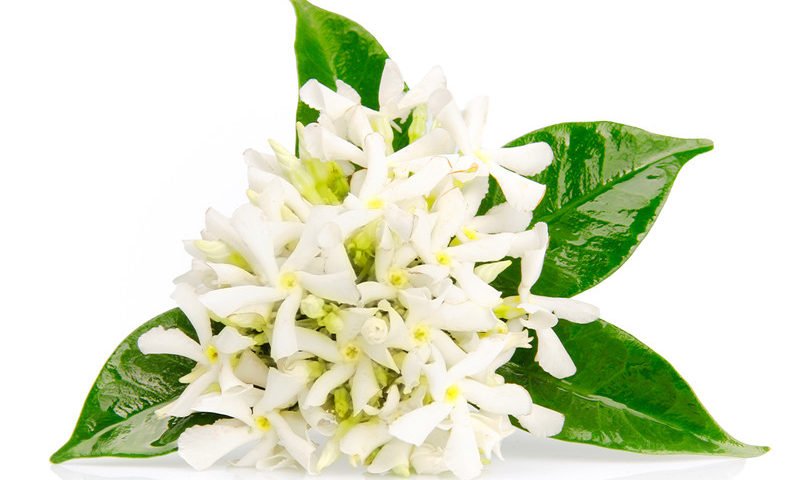
Il Nerolidolo è un sesquiterpene presente negli oli essenziali di molti tipi di piante e fiori, in particolare nello zenzero, citronella e nel Tea tree. Si pensa che il Nerolidolo abbia un effetto rilassante e sia dotato di una significativa azione antiprotozoaria. Risulta efficace come antimicrobico, antiossidante e anti-infiammatorio.

Il Geraniolo è un alcol terpenico alifatico presente in molte essenze estratte dalle piante. É un terpene che caratterizza l’odore di alcuni vini rossi. Presente soprattutto nel geranio, nel mirto e nella Melissa è identificato in numerose fonti bibliografiche come antifungino e antibatterico e sembra avere un ruolo nella modulazione dei livelli di colesterolo.
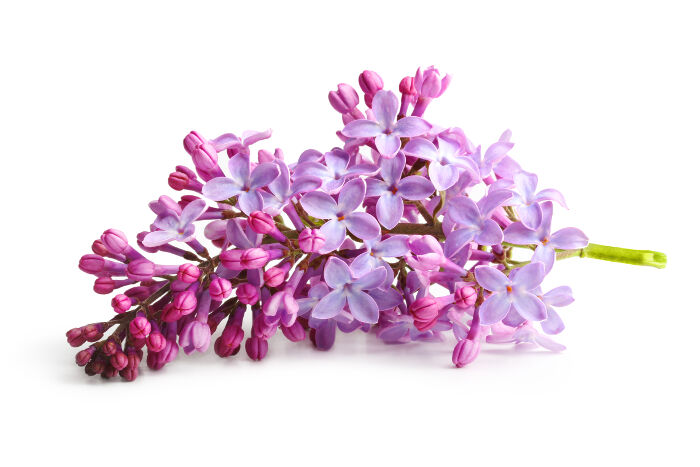
Il Terpineolo un alcol naturale monoterpenico presente soprattutto nel pino. La sua presenza è in genere accompagnata da piccole percentuali dei due isomeri β-terpineolo e γ-terpineolo. La miscela naturale dei tre isomeri prende il nome generico di terpineolo. Numerosi studi associano il Terpineolo ad un significativo effetto anti-infiammatorio, analgesico e antimicrobico. Inoltre, sembra essere utile come anti-ipertensivo.

Il β-pinene è un monoterpene ricavato principalmente dal pino. Insieme all’alfa-pinene è responsabile dell’odore di terra e pino. Alcune fonti bibliografiche riportano delle azioni analgesiche, anti-depressive e antibatteriche.
Taming THC: potential cannabis synergy and phytocannabinoid-terpenoid entourage effects, Ethan B Russo GW Pharmaceuticals, Salisbury, Wiltshire, UK
Effect of myrcene on nociception in mice. Rao, V. S. N., A. M. S. Menezes, and G. S. B. Viana. Journal of pharmacy and pharmacology 42.12 (1990): 877-878.
https://www.ncbi.nlm.nih.gov/pubmed/1983154
Neurobehavioral study of the effect of betamyrcene on rodents. Paumgartten, F. J. Braz. J. Med. Biol (1991).
https://www.ncbi.nlm.nih.gov/pubmed/1797273
Myrcene mimics the peripheral analgesic activity of lemongrass tea. Lorenzetti, Berenice B., et al. Journal of Ethnopharmacology 34.1 (1991): 43-48.
Linalool Affects the Antimicrobial Efficacy of Essential Oils. Herman A, Tambor K, Herman A. Curr Microbiol. 2016 72(2):165-72.
https://www.ncbi.nlm.nih.gov/pubmed/26553262
Antimicrobial effect of linalool and α-terpineol against periodontopathic and cariogenic bacteria. Park SN, Lim YK, Freire MO, Cho E, Jin D, Kook JK. Anaerobe. 2012 18(3):369-72
https://www.ncbi.nlm.nih.gov/pubmed/22537719
Linalool Inhibits LPS-Induced Inflammation in BV2 Microglia Cells by Activating Nrf2. Li Y, Lv O, Zhou F, Li Q, Wu Z, Zheng Y. Neurochem Res. 2015 40(7):1520-5
https://www.ncbi.nlm.nih.gov/pubmed/26040565
Effects of inhaled Linalool in anxiety, social interaction and aggressive behavior in mice. Linck VM, da Silva AL, Figueiró M, Caramão EB, Moreno PR, Elisabetsky E. Phytomedicine. 2010 17(8-9):679-83
Beta-caryophyllene is a dietary cannabinoid. Gertsch J, Leonti M, Raduner S, et al. (July 2008). Proceedings of the National Academy of Sciences of the United States of America. 105 (26): 9099–104.
https://www.ncbi.nlm.nih.gov/pubmed/18574142
Involvement of peripheral cannabinoid and opioid receptors in β-caryophyllene-induced antinociception. Katsuyama S.; Mizoguchi H.; Kuwahata H.; et al. (2013). European Journal of Pain. 17 (5): 664–675.
https://www.ncbi.nlm.nih.gov/pubmed/23138934
B-Caryophyllene, a phytocannabinoid attenuates oxidative stress, neuroinflammation, glial activation, and salvages dopaminergic neurons in a rat model of Parkinson disease. Shreesh Ojha, Hayate Javed, Sheikh Azimullah, M. Emdadul Haque. Mol Cell Biochem.2016
https://www.ncbi.nlm.nih.gov/pubmed/27316720
β-Caryophyllene, a CB2 receptor agonist produces multiple behavioral changes relevant to anxiety and depression in mice. Bahi Amine; Al Mansouri Shamma; Al Memari Elyazia; Al Ameri Mouza; Nurulain Syed M.; Ojha Shreesh (2014). Physiology & Behavior. 135: 119–124.
https://www.ncbi.nlm.nih.gov/pubmed/24930711
The Anticancer, Antioxidant and Antimicrobial Properties of the Sesquiterpene β-Caryophyllene from the Essential Oil of Aquilaria crassna. Dahham SS, Tabana YM, Iqbal MA, Ahamed MB, Ezzat MO, Majid AS, Majid AM. Molecules. 2015 Jun 26;20(7):11808-29.
https://www.ncbi.nlm.nih.gov/pubmed/26132906
The antioxidant effect of β-caryophyllene protects rat liver from carbon tetrachloride-induced fibrosis by inhibiting hepatic stellate cell activation. Calleja MA, Vieites JM, Montero-Meléndez T, Torres MI, Faus MJ, Gil A, Suárez A. Br J Nutr. 2013 Feb 14;109(3):394-401
https://www.ncbi.nlm.nih.gov/pubmed/22717234
Anti-Arthritic and Anti Inflammatory Activity of Beta Caryophyllene against Freund’s Complete Adjuvant Induced Arthritis in Wistar Rats. Vijayalaxmi A, Vasudha Bakshi, Nazia Begum, Kowmudi V, Naveen Kumar Y, Yogesh Reddy. Journal of Bone Reports & Recommendations. 2015
Effects of olfactory stimulation by α-pinene on autonomic nervous activity. Harumi IkeiChorong SongYoshifumi Miyazaki. Journal of Wood Science. December 2016, Volume 62, Issue 6, pp 568–572
Fragrant environment with α-pinene decreases tumor growth in mice. Kusuhara M, Urakami K, Masuda Y, Zangiacomi V, Ishii H, Tai S, Maruyama K, Yamaguchi K. Biomed Res. 2012 Feb;33(1):57-61.
https://www.ncbi.nlm.nih.gov/pubmed/22361888
Alpha-Pinene Exhibits Anti-Inflammatory Activity Through the Suppression of MAPKs and the NF-κB Pathway in Mouse Peritoneal Macrophages. Kim DS, Lee HJ, Jeon YD, Han YH, Kee JY, Kim HJ, Shin HJ, Kang J, Lee BS, Kim SH, Kim SJ, Park SH, Choi BM, Park SJ, Um JY, Hong SH. Am J Chin Med. 2015;43(4):731-42.
Antinociceptive properties of 1,8-Cineole and beta-pinene, from the essential oil of Eucalyptus camaldulensis leaves, in rodents. Liapi C, Anifandis G, Chinou I, Kourounakis AP, Theodosopoulos S, Galanopoulou P. Planta Med. 2007 Oct;73(12):1247-54. https://www.ncbi.nlm.nih.gov/pubmed/17893834
Linalool and β-pinene exert their antidepressant-like activity through the monoaminergic pathway. Guzmán-Gutiérrez SL, Bonilla-Jaime H, Gómez-Cansino R, Reyes-Chilpa R. Life Sci. 2015 May 1;128:24-9. https://www.ncbi.nlm.nih.gov/pubmed/25771248
Biological activities of α-pinene and β-pinene enantiomers. Rivas da Silva AC, Lopes PM, Barros de Azevedo MM, Costa DC, Alviano CS, Alviano DS. Molecules. 2012 May 25. https://www.ncbi.nlm.nih.gov/pubmed/22634841
Antimicrobial activity of limonene [2003]. Rancic, A., Institute for Biological Research Sinisa Stankovic, Belgrade (Serbia) Sokovic, M., Institute for Biological Research Sinisa Stankovic, Belgrade (Serbia) Van Griensven, L., Plant Research International, Wageningen (Netherlands) Vukojevic, J., University of Belgrade, Belgrade (Serbia). Faculty of Biology. Institute of Botany et al.
https://www.researchgate.net/publication/40120683_Antimicrobial_action_of_limonene
D-Limonene: safety and clinical applications. Sun J. Altern Med Rev. 2007 Sep;12(3):259-64.
https://www.ncbi.nlm.nih.gov/pubmed/18072821
Mechanism of Bacterial Inactivation by (+)-Limonene and Its Potential Use in Food Preservation Combined Processes. Laura Espina, Tilahun K. Gelaw, Sílvia de Lamo-Castellví, Rafael Pagán, and Diego García-Gonzalo. PLoS One. 2013; 8(2): e56769.
https://www.ncbi.nlm.nih.gov/pubmed/23424676
Aroma of innovation in health and disease. A.J. Vieira, F.P. Beserra, M.C. Souza, B.M. Totti, A.L. Rozza. Chemico-Biological Interactions (2018), doi: 10.1016/j.cbi.2018.02.007. https://europepmc.org/abstract/med/29427589
Anti-stress effects of d-limonene and its metabolite perillyl alcohol. B. P. A. d’Alessio, J. Bisson, and M. C. Béné, Rejuvenation research 17, 145-149 (2014).
https://www.ncbi.nlm.nih.gov/pubmed/24125633
Antitumorigenic effects of limonene and perillyl alcohol against pancreatic and breast cancer.
https://www.ncbi.nlm.nih.gov/pubmed/8886131
Antinociceptive effect of the monoterpene R-( )-limonene in mice. D. 139. J. F. do Amaral, M. I. G. Silva, de Aquino Neto, Manuel Rufino Aquino, P. F. T. Neto, B. A. Moura, de Melo, Carla Thiciane Vasconcelos, de Araújo, Fernando Luiz Oliveira, D. P. de Sousa, P. F. de Vasconcelos, and de Vasconcelos, Silvânia Maria Mendes, Biol. Pharm. Bull. 30, 1217-1220 (2007). https://www.ncbi.nlm.nih.gov/pubmed/17603156
Novel limonene and citral based 2, 5-disubstituted-1, 3, 4-oxadiazoles: a natural product coupled approach to semicarbazones for antiepileptic activity. F. H. Rajak, B. S. Thakur, A. Singh, K. Raghuvanshi, A. K. Sah, R. Veerasamy, P. C. Sharma, R. S. Pawar, and M. D. KharyaBioorg. Med. Chem. Lett. 23, 864-868 (2013).
Antimicrobial activity of nerolidol and its derivatives against airborne microbes and further biological activities. Krist S, Banovac D, Tabanca N, Wedge DE, Gochev VK, Wanner J, Schmidt E, Jirovetz L. Nat Prod Commun. 2015 Jan;10(1):143-8. https://www.ncbi.nlm.nih.gov/pubmed/25920237
Nerolidol exhibits antinociceptive and anti-inflammatory activity: involvement of the GABAergic system and proinflammatory cytokines. Fonsêca DV, Salgado PR, de Carvalho FL, Salvadori MG, Penha AR. Fundam Clin Pharmacol. 2016 Feb;30(1):14-22. https://www.ncbi.nlm.nih.gov/pubmed/26791997
Assessment of anxiolytic effect of nerolidol in mice. Goel RK, Kaur D, Pahwa P. Indian J Pharmacol. 2016 Jul-Aug;48(4):450-452. https://www.ncbi.nlm.nih.gov/pubmed/27756960
Antileishmanial Activity of the Terpene Nerolidol. Denise C. Arruda, Fabio Luiz D’Alexandri, Alejandro M. Katzin, and Silvia R. B. Uliana. Antimicrob Agents Chemother. 2005 May; 49(5): 1679–1687. https://www.ncbi.nlm.nih.gov/pmc/articles/PMC1087654/
Antioxidant Effects of Nerolidol in Mice Hippocampus After Open Field Test. José Damasceno Nogueira Neto Antonia Amanda Cardoso de Almeida et al. Neurochemical Research. September 2013, Volume 38, Issue 9, pp 1861–1870. https://link.springer.com/article/10.1007/s11064-013-1092-2
Nerolidol: A Sesquiterpene Alcohol with Multi-Faceted Pharmacological and Biological Activities. Weng-Keong Chan, Loh Teng-Hern Tan, Kok-Gan Chan OrcID, Learn-Han Lee and Bey-Hing Goh. Molecules 2016, 21(5), 529. http://www.mdpi.com/1420-3049/21/5/529
Geraniol — A review of a commercially important fragrance material. W.Chen A.M.Viljoen. South African Journal of Botany Volume 76, Issue 4, October 2010, Pages 643-651. https://www.sciencedirect.com/science/article/pii/S0254629910001559
Investigating the antifungal activity and mechanism(s) of geraniol against Candida albicans strains. Leite MC, de Brito Bezerra AP, de Sousa JP, de Oliveira Lima E. Med Mycol. 2015 Apr;53(3):275-84. https://www.ncbi.nlm.nih.gov/pubmed/25480017
Antifungal activity of geraniol and citronellol, two monoterpenes alcohols, against Trichophyton rubrum involves inhibition of ergosterol biosynthesis. Pereira Fde O, Mendes JM, Lima IO, Mota KS, Oliveira WA, Lima Ede O. Pharm Biol. 2015 Feb;53(2):228-34. https://www.ncbi.nlm.nih.gov/pubmed/25414073
Oral administration of geraniol ameliorates acute experimental murine colitis by inhibiting pro-inflammatory cytokines and NF-κB signaling. Medicherla K, Sahu BD, Kuncha M, Kumar JM, Sudhakar G, Sistla R. Food Funct. 2015 Sep;6(9):2984-95. https://www.ncbi.nlm.nih.gov/pubmed/26190278
Protective effect of Geraniol on the transgenic Drosophila model of Parkinson’s disease. Siddique YH, Naz F, Jyoti S, Ali F, Fatima A, Rahul, Khanam S. Environ Toxicol Pharmacol. 2016 Apr; 43:225-31. https://www.ncbi.nlm.nih.gov/pubmed/27026137
Protective effects of geraniol (a monoterpene) in a diabetic neuropathy rat model: attenuation of behavioral impairments and biochemical perturbations. Prasad SN, Muralidhara. J Neurosci Res. 2014 Sep;92(9):1205-16. https://www.ncbi.nlm.nih.gov/pubmed/24752916
α-terpineol reduces mechanical hypernociception and inflammatory response. De Oliveira MG, Marques RB, de Santana MF, Santos AB et al. Basic Clin Pharmacol Toxicol. 2012 Aug;111(2):120-5. https://www.ncbi.nlm.nih.gov/pubmed/22380944
α-Terpineol reduces nociceptive behavior in mice. Quintans-Júnior LJ, Oliveira MG, Santana MF, Santana MT. Pharm Biol. 2011 Jun;49(6):583-6. https://www.ncbi.nlm.nih.gov/pubmed/21385090
α-Terpineol reduces cancer pain via modulation of oxidative stress and inhibition of iNOS. Gouveia DN, Costa JS, Oliveira MA, Rabelo TK et al. Biomed Pharmacother. 2018 Jun 11;105:652-661. https://www.ncbi.nlm.nih.gov/pubmed/29902764
Antimicrobial effect of linalool and α-terpineol against periodontopathic and cariogenic bacteria. Soon-Nang Park, Yun Kyong Lim et al. Anaerobe 18(3):369-72 · April 2012. https://www.researchgate.net/publication/224854072_Antimicrobial_effect_of_linalool_and_a-terpineol_against_periodontopathic_and_cariogenic_bacteria
Cardiovascular effects induced by α‐terpineol in hypertensive rats. Carla Kelly Barroso Sabino, Edson Santos Ferreira‐Filho et al. Flavour and fragrance journal; Volume28, Issue5 September 2013 Pages 333-339. https://onlinelibrary.wiley.com/doi/pdf/10.1002/ffj.3159
Characterization of α-Terpineol as an Anti-inflammatory Component of Orange Juice by in Vitro Studies Using Oral Buccal Cells. Sandra Held, Peter Schieberle, and Veronika Somoza. J. Agric. Food Chem., 2007, 55 (20), pp 8040–8046. https://pubs.acs.org/doi/abs/10.1021/jf071691m#